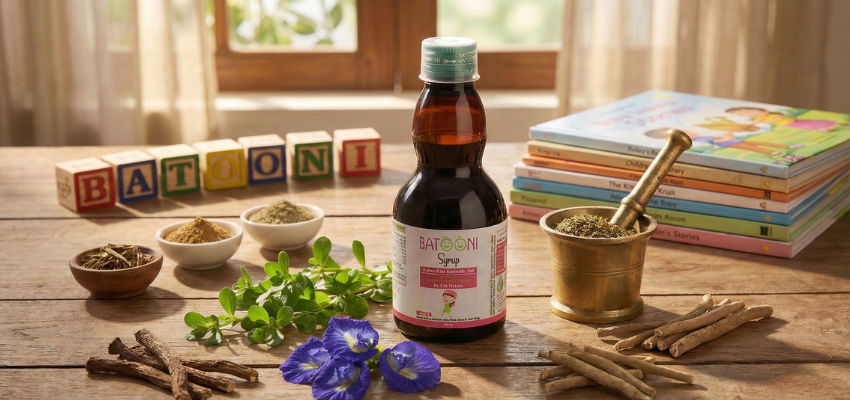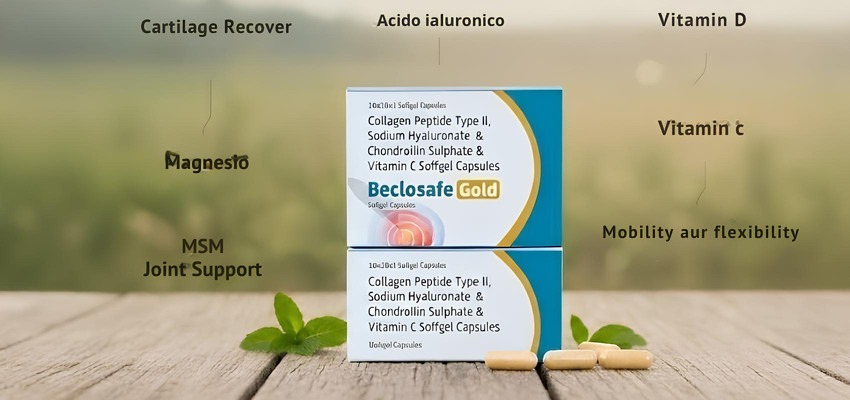The $400 Billion Cliff Ahead
Between 2025 and 2030, the pharmaceutical industry is heading toward one of the steepest patent cliffs in history. As patents on blockbuster drugs expire, generics and biosimilars will flood the market, slashing revenues almost overnight.
- Estimated revenue loss: Up to $400 billion globally (American Bazaar).
- Drugs impacted: 190 medicines—including 69 blockbuster products—will face generic or biosimilar competition.
- Impact speed: Brands can lose up to 80% market share in their first year post-expiry.
For companies like Bristol Myers Squibb, Pfizer, and Novartis, projections indicate revenue drops of up to 62% by 2030. Yet, others like Eli Lilly expect a 165% surge in revenue, thanks to robust pipelines and aggressive diversification (Research & Markets).
The Big Names on the Edge
- Merck’s Keytruda: Cancer immunotherapy bringing in $20B+ annually; 2028 expiry is one of the biggest cliff events in pharma history (Barron’s).
- BMS’s Eliquis & Opdivo: Critical revenue streams that could see massive erosion by 2028–2029.
- Novartis’s Entresto, Cosentyx & Xolair: Facing imminent biosimilar and generic entry (European Pharmaceutical Review).
By 2027–2028, about $180B in annual sales—roughly 12% of total industry revenue—will lose exclusivity (Financial Times).
Global Strategy Playbook – How Pharma is Fighting Back
1. Aggressive M&A to Rebuild Pipelines
- Merck is pursuing deals like Verona Pharma (valued ~$10B) to plug the Keytruda revenue gap.
- Novartis is in talks to acquire Avidity Biosciences (~$5.8B) to strengthen its rare-disease portfolio (FT).
2. Lifecycle Management & Evergreening
Reformulations, extended-release versions, and new delivery systems aim to extend market life—but regulators are tightening scrutiny on these “evergreening” tactics (Wikipedia).
3. Operational Efficiency & R&D Discipline
Consultants recommend cutting structural costs and refocusing R&D investments, as many big pharma firms spend $5B+ annually on R&D with mixed returns (BCG).
4. Diversification Beyond Patented Drugs
- Shift portfolios toward biologics, vaccines, diagnostics, and digital therapeutics to cushion patent losses.
Beyond Defense – Turning the Cliff into a Launchpad
- Eli Lilly: Weight-loss and Alzheimer’s pipelines position the company for explosive post-cliff growth.
- Pfizer: Leveraging mRNA beyond COVID-19 into cancer vaccines and rare diseases.
- Novartis: Targeting high-margin gene therapies to offset losses in small-molecule drugs.
Final Word – From Crisis to Competitive Advantage
The patent cliff is not an extinction event—it’s a stress test for strategy, agility, and innovation. Companies that act early—by securing high-value acquisitions, building diverse pipelines, and integrating cost discipline—will not just survive, but thrive in the post-cliff era.
For Big Pharma, the next five years will define not only who stays on top but also who sets the rules of the next pharmaceutical decade.
The pharmaceutical industry is entering a new era where drug delivery is as important as the drug itself. Innovations in smart systems, nanotechnology, and 3D printing are transforming how medicines are released, targeted, and personalized.
This shift is not just about better technology—it’s about better outcomes: higher drug efficacy, fewer side effects, patient-specific dosing, and therapies that respond to the body in real-time.
Visit blogs for more updates.





